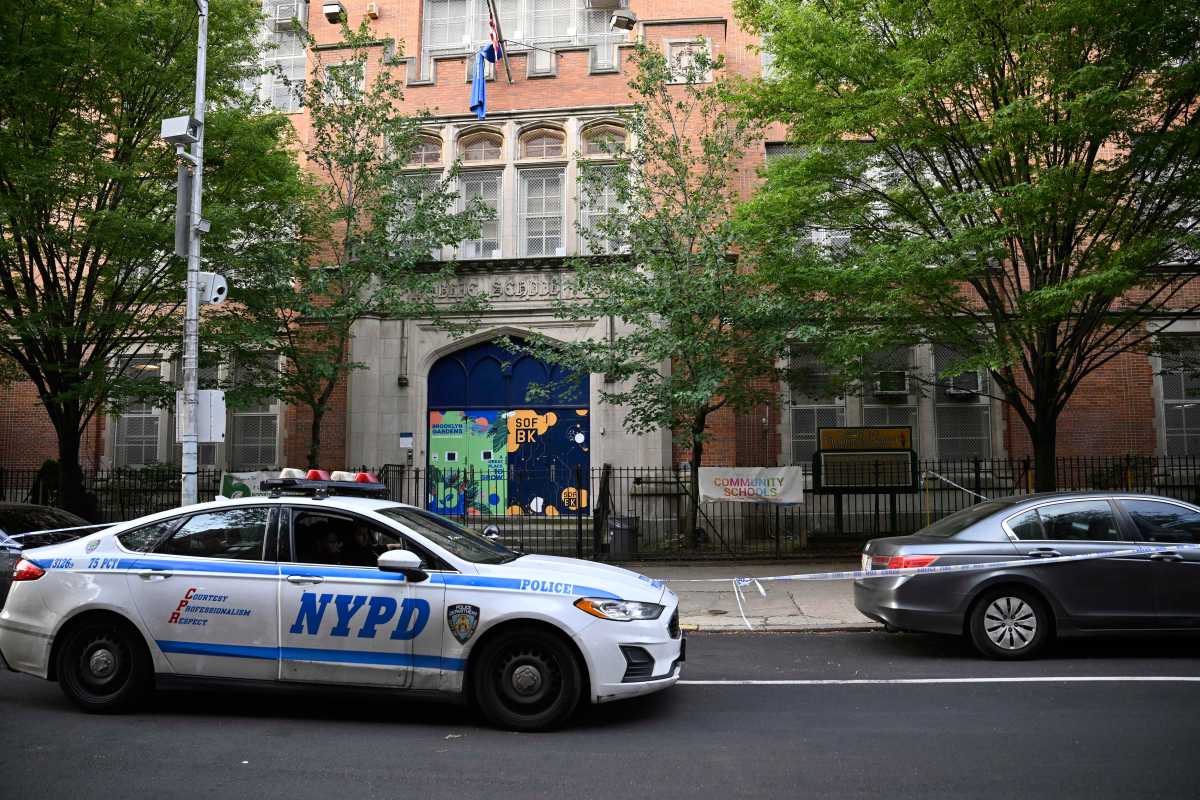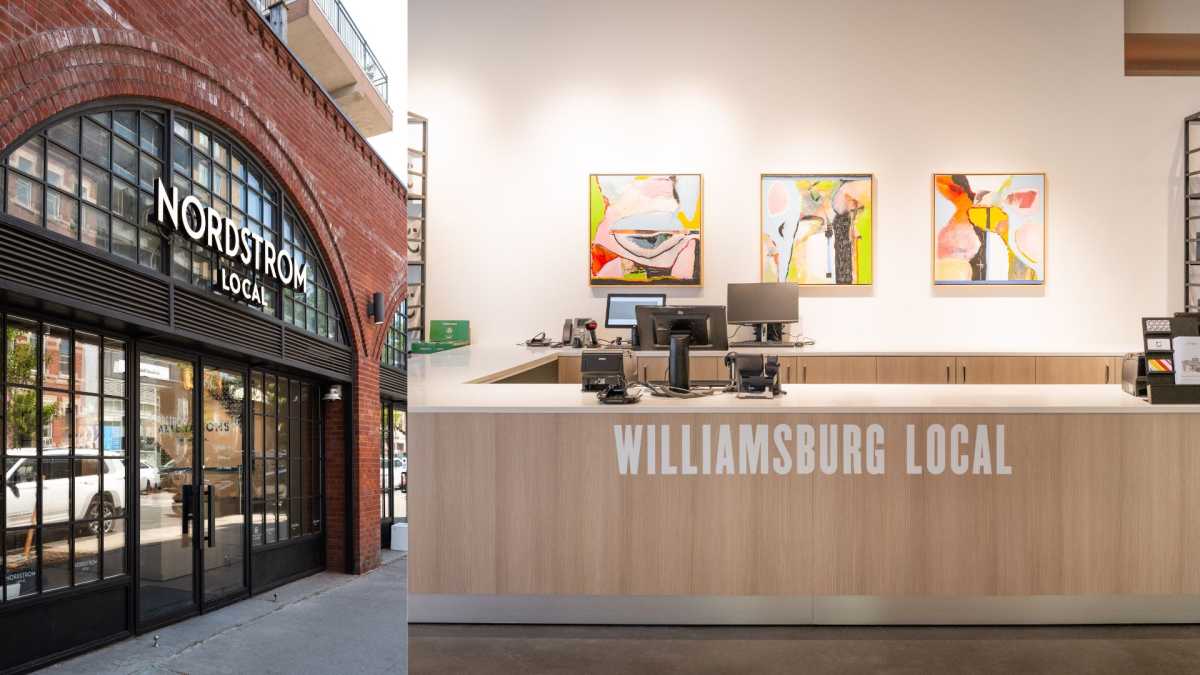The developers of the defunct Domino Sugar factory slammed a secret city report that revealed this week that they stand to make more than $400 million from the project.
The 2006 report, conducted by city without the knowledge of Community Preservation Corporation Resources, estimated that a 2,200- to 2,400-unit complex could rake in $382 million to $447 million in pure profit — even with the promised 30 percent below-market rate units that have given the project most of its political backing.
“It’s wrong,” said Susan Pollock, vice president of the development company. “It’s wrong as to construction costs, sales prices, market price, fixed cost, land and pre-development costs, taxes and finance costs.
“There is absolutely no resemblance to the project we are proposing [and the report],” she added.
Department of Housing Preservation and Development Deputy Commissioner Holly Leicht added that the report’s “purely hypothetical” revenue projections were based on prices at the height of the real-estate boom.
The report was not based on the “actual development program, [but only] to determine if the project was viable if the refinery was landmarked,” she added.
But such facts aren’t preventing opponents of the Domino project from seizing on the report as evidence that the developers are lying when they say they need to build such a big complex to make enough money to provide the public benefit of the lower-cost units.
“Now we know [that] this project does not have to be nearly this dense to cover the affordable housing,” said Assemblyman Joseph Lentol (D-Williamsburg). “The argument that they will be making less because of the recession is crap! Just crap.”
The $1.2-billion development is being evaluated by the City Planning Commission this month before it will be voted on by Council this summer.
Councilman Steve Levin (D-Williamsburg) declined to comment on the city report, but remains opposed to the current proposal and is seeking a reduction of 600 units while maintaining the same number of below-market rate units at 660. That would put the affordable housing set-aside at just over 40 percent.
Pollock argued that s revision is not financially viable because, according to her analysis, it would take about two market rate units to support the construction of one below-market rate unit.
“People are not questioning whether we have the experience to develop, they’re questioning our profit,” she said. “Our goal isn’t to rape Williamsburg by making a profit. Our goal is to develop and finance affordable housing.”
Pollack declined to say how much profit the company is expecting to make from the project.






















